The Latest: Death toll in New Orleans crash rises to 15, coroner reports
The driver in the incident in New Orleans previously served in the Army. A U.S. official stated that Shamsud-Din Jabbar left the Army in 2015, but whether he joined the Reserve after that is unclear. The official mentioned that he worked as an information technology specialist. The official spoke on the condition of anonymity to disclose details that had not yet been made public.
New Orleans – A jubilant celebration turned into a horror scene as the clock struck midnight in the iconic French Quarter. Amid the glittering lights and music, a pickup truck barreled into a crowd of revelers at the intersection of Canal and Bourbon Streets, shattering the city’s festive spirit. At least ten lives were lost, and more than 30 were injured in the chaos, leaving a community reeling from what the FBI has now classified as a terrorist attack.
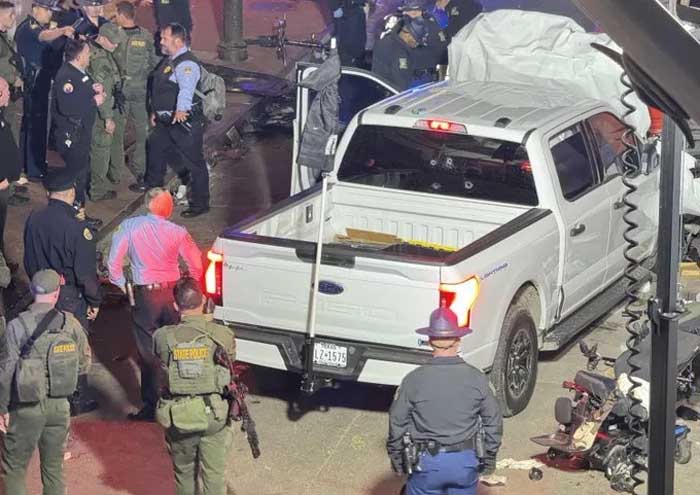
The unknown man drove this Ford pickup truck into the crowd.
The French Quarter, a beloved cultural hub and nightlife destination, was teeming with life as locals and tourists gathered to welcome 2025. The air was charged with anticipation for the annual Sugar Bowl football game between Georgia and Notre Dame. Instead, the night devolved into panic and tragedy when the truck tore through the crowd at high speed, its driver apparently intent on maximum devastation.
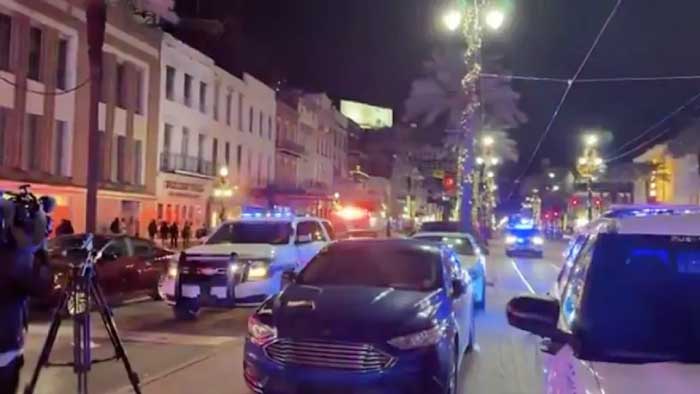
Witnesses described the scene as “something out of a nightmare.” After coming to a halt, the driver—dressed in military gear—emerged wielding an assault rifle, firing indiscriminately. Police swiftly returned fire, fatally wounding the suspect. Two officers were injured in the exchange, though they are reportedly in stable condition.
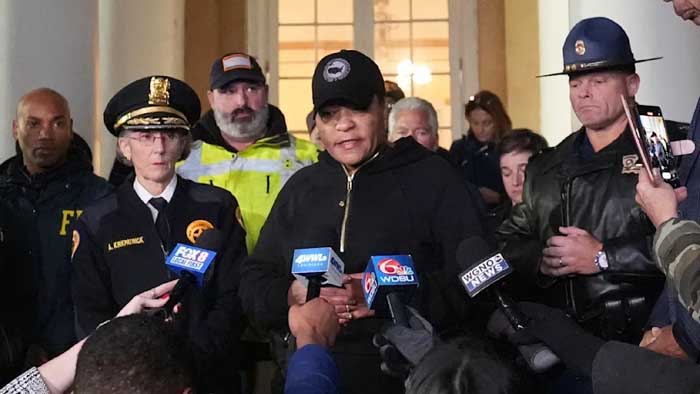
Mayor LaToya Cantrell speaks to members of the press.
Mayor LaToya Cantrell called the act “a calculated attack on our city and its people.” Her words echoed the shock and grief gripping the city. “This was an act of pure hate, meant to destroy lives and the joy of our celebrations,” she said, urging residents to stand united.
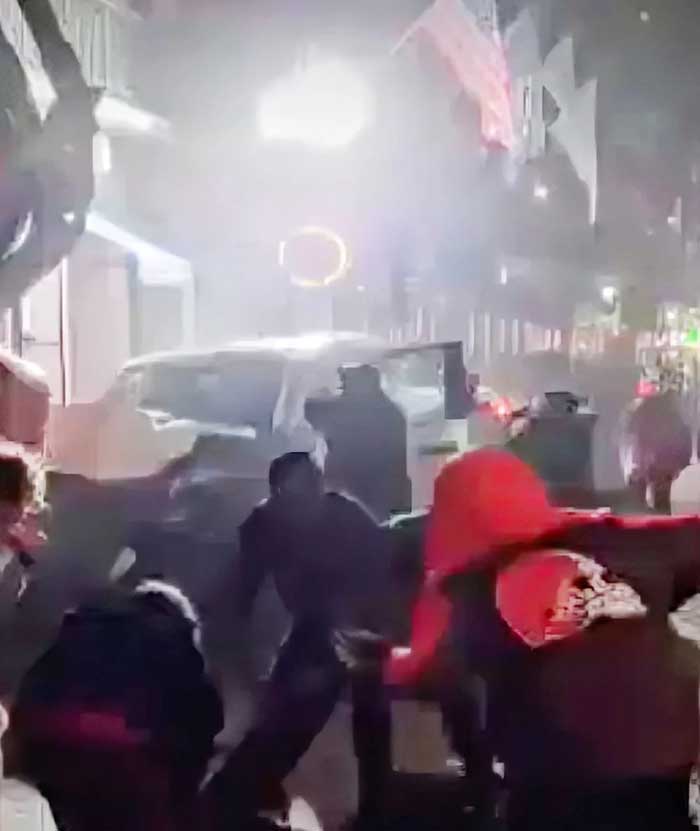
After the pickup truck driver drove into the crowd, he got out of the car and fired shots. Police returned fire.
Adding to the horror, investigators discovered improvised explosive devices near the scene. FBI Deputy Special Agent Aletha Duncan confirmed that authorities are analyzing the devices to determine their functionality. While details about the suspect remain scant, a press conference has been scheduled to release further updates.
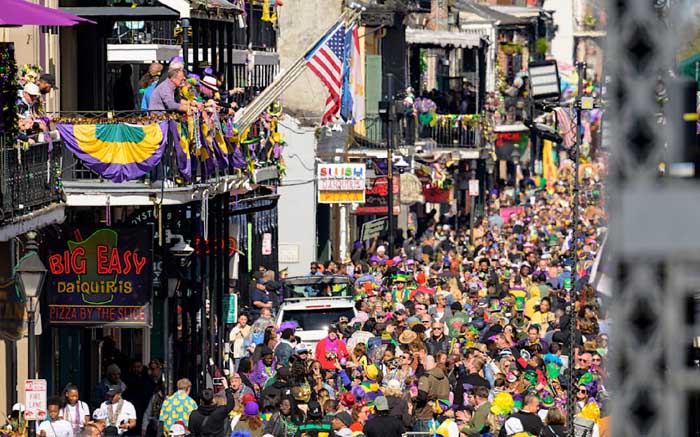
A Global Pattern of Carnage
The grim scene in New Orleans reflects a disturbing global trend. Vehicles weaponized as tools of terror have become a recurring nightmare in recent years. From the 2016 Bastille Day attack in Nice, France, where 86 lives were taken, to the 2017 attack on London Bridge, where eight were killed, the pattern is chillingly clear. In the United States alone, incidents like the 2017 Charlottesville car attack and the 2021 Waukesha Christmas parade tragedy highlight the growing use of vehicles as instruments of destruction.
This method of attack strikes at the heart of humanity—joyful gatherings transformed into scenes of chaos and death. It’s a weapon of hate designed to target communities at their most vulnerable: celebrating, coming together, and simply living.
A City Grieves and a Nation Mourns
President Joe Biden extended his condolences to the victims’ families, vowing federal support for the investigation. “This senseless violence against innocent lives has no place in our society,” he said in a statement. Meanwhile, New Orleans remains a city in mourning but also a town with unshakable resilience.
As the community comes together to heal, the scars of this heinous act will linger. Yet, in the face of terror, the people of New Orleans have always shown strength, refusing to let hate overshadow their spirit. With unity and determination, the city will honor the victims by continuing to celebrate life, love, and the vibrant culture that makes New Orleans an enduring beacon of hope.
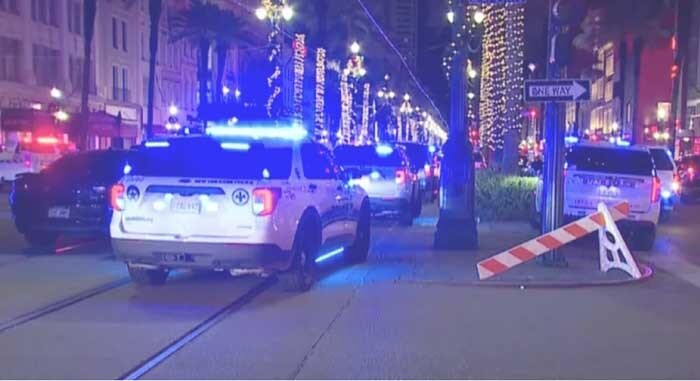
![]() \
\ ![]() 0
0
712
1
0
0
712
1